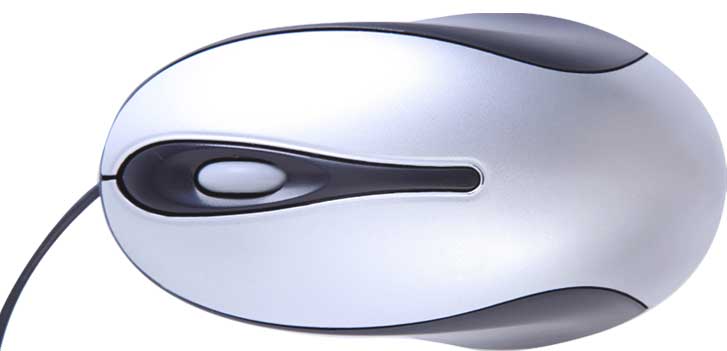Pros and Cons of CAD
Pros and Cons of CAD


An informal poll by Mechanical Engineering of approximately 25 engineers revealed that they have mixed feelings about CAD. Their comments inspired us to ask three prominent CAD users what they perceive to be the positives and negatives of the software today.
All three agreed that CAD’s ease of use is both its best quality and its greatest drawback. Less experienced engineers can create designs that look perfectly manufacturable on screen, but can't actually be made.
For instance, CAD allows users to simply mate two parts. "They snuggle right up against each other," said William Durfee, a professor of mechanical engineering and director of the design education department at the University of Minnesota in Minneapolis. "In real life, they'd need to be welded, or adhesively bonded, or fastened with some type of fastener—it's easy to forget that on the screen."
The flip side is that the software can make a bad engineer a good one. “You're less likely to make a bad part than you were before," says Bernhard Bettig, a professor of mechanical engineering at Michigan Technological University.
The same systems that give their less-experienced colleagues a leg up, give veteran engineers a bedrock technology to support their advanced designs. Aware of how a design will be made and assembled, they're much less likely to come up with a part or product that faces trouble on the manufacturing side. "As they create a design, they run a movie in their head about how it could be made," Durfee said.
And then there are the designs themselves. "In the early days, everybody tried to use CAD tools like they'd used their drawing boards. They couldn't do it because CAD had such restrictions," Lewis said. "Twenty years ago, you saw designs that were very boxy because of the limitation of the tools. Today, we see free-flowing shapes, contours, and blended angles."
And digital design is slower than sketching. "You fire up the CAD application and three minutes later you're making a rectangle. Twenty minutes later, you're coming up with your first idea," Durfee said. "A good designer could come up with 100 fledgling ideas in that time."
Durfee lauds the ease of documentation. An engineer fresh from a brainstorming session may have 100 ideas. Once CAD files, they're automatically archived and documented. "Once you've created something in a CAD package, you've committed it to a paper trail," Durfee said. "That's huge in things like medical design, where you have to track the process from day one. The average engineer isn't that excited about documentation, so it's nice to have a system that does it for him."
Drawbacks aside, Durfee, Bettig, and Lewis agreed that it's an exciting time for CAD.
Whenever he's frustrated by the limitations of the software, Lewis remembers his early days in industry. "I can make and cost out anything you want to build, all on my laptop," he said. "It's really Buck Rogers."
[Adapted from “Pros and Cons of CAD,” by Jean Thilmany, Associate Editor, Mechanical Engineering, September 2006.]
Twenty years ago, you saw designs that were very boxy because of the limitation of the tools. Today, we see free-flowing shapes, contours, and blended angles.Gordon Lewis, a principal at DaTuM 3D






